Which Lung Volume Cannot Be Measured by Spirometry
Inspiratory capacity vital capacity functional residual capacity and the total lung capacity. Participants have undergone spirometry which measures the ability to force air out of the lungs at each exam cycle since the earliest days of the Original Cohort.

Breathing Capacity Biology For Majors Ii
All of these can be measured with a spirometer.
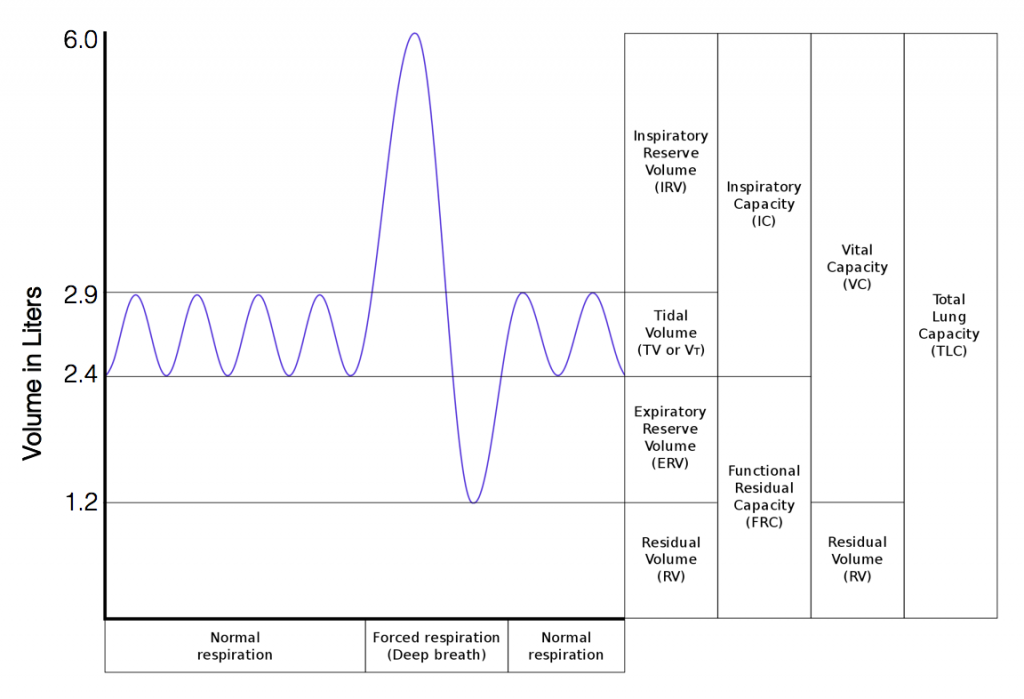
. Instead they must be calculated using indirect measurement techniques such as gas dilution or body plethysmography. The TLC FRC and RV are absolute lung volumes and cannot be measured directly with spirometry. Which of the following volumes or capacities cannot be measured by simple spirometry.
1 and 4 only. FRC is typically measured by one of three methods. These three volumes cannot be measured with a spirometer a device that measures the volume of air being exhaled or inhaled because there is no way of knowing the volume remaining in the lung after a maximal expiration ie the RV.
Furthermore how do you measure lung capacity. This volume can only be calculated rather than measured. Four lung capacities are also defined.
43 Votes Spirometry cannot however be used to measure the residual volume the volume of air present in the lungs after a forced expiration or any capacities which incorporate the residual volume such as functional residual capacity FRC and total lung capacity TLC. Total Lung Capacity Vital Capacity Residual Volume. The volume between the total lung capacity and residual volume Reduced FVC and high FEV1FVC is hallmark of restrictive diseases Variables that can not be measured with spirometry.
However if any one of these three volumes is measured by an. 1 and 3 only d. Only changes over time can be tracked with spirometry but an absolute lung volume cannot be measured.
Naturally the residual volume cannot be determined directly using spirometry since it is not possible to measure the remaining air volume after maximum expiration. 1 3 and 4 only b. However it cannot measure residual volume.
The TLC cannot be measured directly using spirometry as it includes the air remaining in the lung after maximal expiration ie. It is the amount of air that can be inhaled or exhaled during one respiratory cycle. Calculating the residual volume can give an indication of lung physiology and pathology.
It also cannot directly measure FRC TLC and dead space air. The Residual Volume is. The inspiratory capacity IC is the amount of air that can be inhaled after the end of a normal expiration.
It cannot measure residual volume as there is no way to know the volume remaining in the lungs after a maximal expiration. Simple spirometry can measure tidal volume inspiratory reserve volume and expiratory reserve volume. Which of the following pulmonary volume cannot be measured by spirometer directly.
These three volumes cannot be measured with a spirometer a device that measures the volume of air being exhaled or inhaled because there is no way of knowing the volume remaining in the lung after a maximal expiration ie the RV. Which respiratory volumes are affected by asthma. Total Lung Capacity TLC corresponds to the total volume of air that the lung can contain.
Why cant spirometry measure residual volume. Which respiratory volume is not measurable by spirometry. Expiratory reserve volume ERV 3.
Residual volume RV is the air remaining in the lungs after a maximal exhalation. What are lung volumes. Inspiratory reserve volume IRV a.
Functional Residual Capacity Residual Volume and Total Lung Capacity. So A spirometer cannot be used to measure residual volume RV because its not possible to measure the remaining amount of the volume left in lungs after maximum expiration. 1 2 3 and 4 c.
Spirometry cannot however be used to measure the residual volume the volume of air present in the lungs after a forced expiration or any capacities which incorporate the residual volume such as functional residual capacity FRC and total lung capacity TLC. It is the volume of air remaining in the lungs after maximal exhalation. Capacities are measurements of two or more volumes.
Spirometers can measure three of four lung volumes inspiratory reserve volume tidal volume expiratory reserve volume but cannot measure residual volume. Some lung volumes can be measured during spirometry. Measured values are standardised for height age and sex although height is the factor with the greatest influence upon capacities.
Volumes and capacities which include the RV are estimated using alternative techniques such as whole body. The residual volume is the only lung volume that cannot be measured directly because it is impossible to completely empty the lung of air. Opto-electronics gas dilution or body plethysmography would be the preferred method to measure EELV.
However it cannot measure residual volume. Vital capacity is the only. Although it is known that spirometry is not the optimal method to measure EELV.
Functional residual capacity FRC 2. This depicts the functions of the respiratory centres respiratory muscles and the mechanics of the lung and chest wall. Residual volume RV 4.
It is the amount of air that can be forcibly inhaled after a normal tidal volume. Functional Residual Capacity Residual Volume and Total Lung Capacity. 465 290 Views.
Expiratory reserve volume E. A Functional residual capacity b Total lung capacity c Vital capacity d Residual volume. Normal adult value is averaged at 1200ml2025 mlkg It is indirectly measured from summation of FRC and ERV and cannot be measured by spirometry.
Medical health lung and respiratory health. Measurement of lung volumes is an integral part of complete pulmonary function testing. In obstructive lung diseases with features of incomplete emptying of the lungs and air trapping RV may be significantly high.
Which capacity or volume is used for assessing pulmonary function through spirometer. Measurement of diffusion capacity a measureof the lungs abilityto exchange oxygen and carbon dioxide has been done in the first and second examination of the Generation 3. However measurement of the residual volume RV functional residual capacity FRC and total lung capacity TLC requires special techniques.
A spirometer can measure four lung capacities vital capacity inspiratory capacity functional residual capacity and total lung capacity.

Pin By Ana Paula Tome On Anatomy Physiology Respiratory Therapy Physiology Anesthesia School
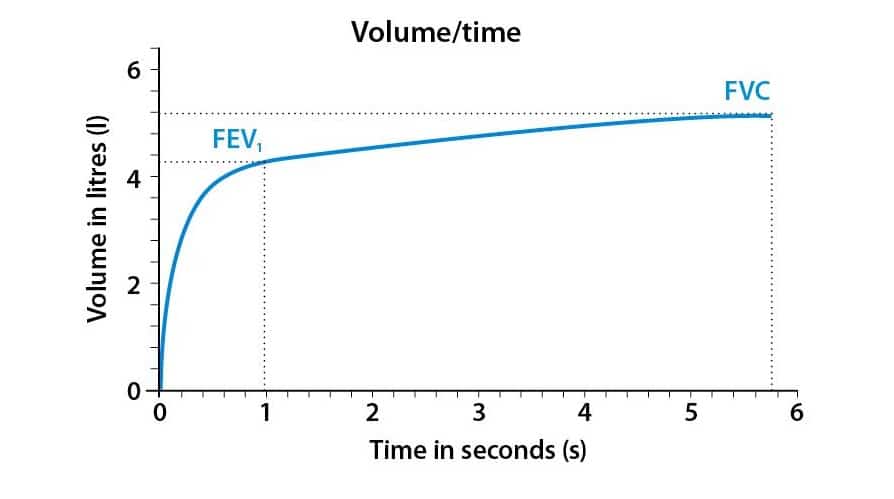
Lung Volumes Definitions Measuring Teachmephysiology

Assessment Of Pulmonary Function A Mixed Course Based Research Approach To Human Physiology

Spirometry Frcem Primary 5 Minutes At A Time Bromley Emergency
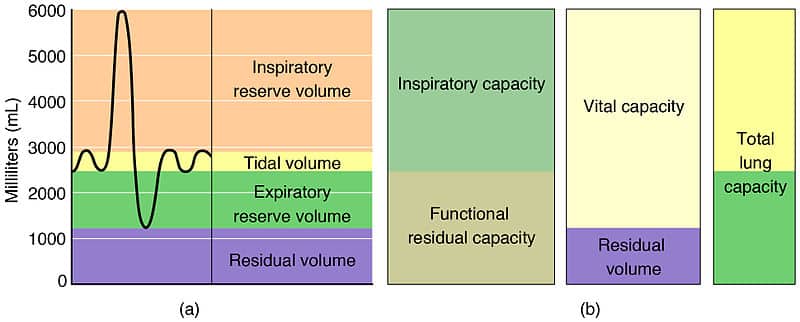
Lung Volumes Definitions Measuring Teachmephysiology

Spirometry Is A Gold Standard For Diagnosis Of Asthma Asthma Chronic Obstructive Pulmonary Disease Diagnosis
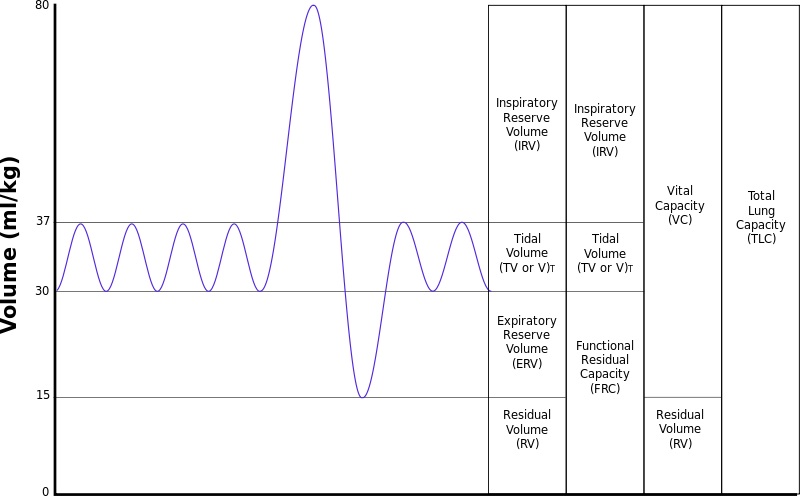
Pulmonary Function Testing Pft Made Simple Iowa Head And Neck Protocols
3 1 Lung Volumes Medicine Libretexts

Spirometer An Overview Sciencedirect Topics
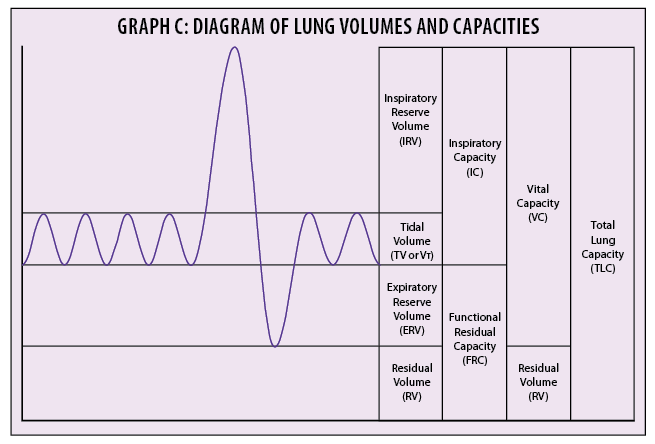
Reach Full Capacity Of Pulmonary Function Test Coding Aapc Knowledge Center
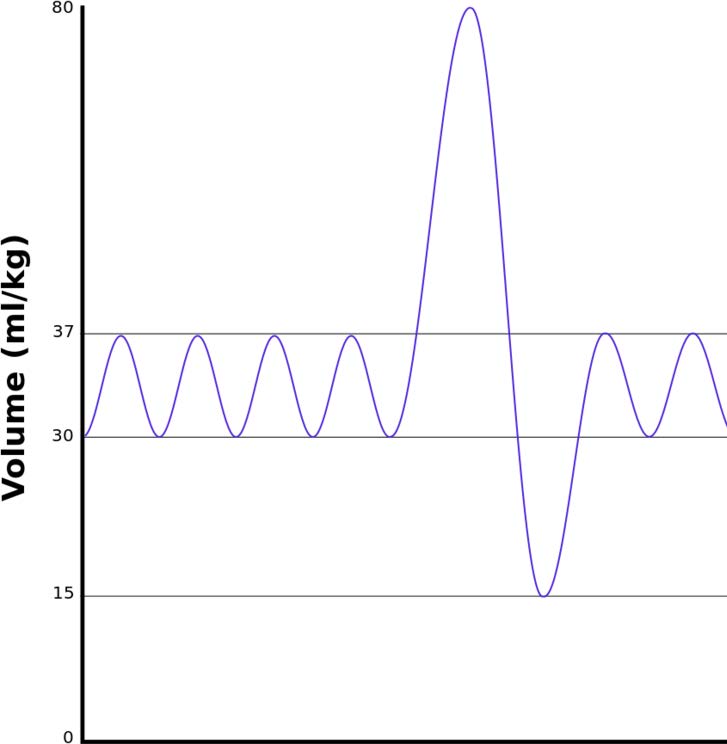
Solved A Based On The Diagram Identify Which Lung Volumes Chegg Com

Spirometer An Overview Sciencedirect Topics

Spirometry Frcem Primary 5 Minutes At A Time Bromley Emergency

Lecture 27 Lung Volume Flashcards Quizlet
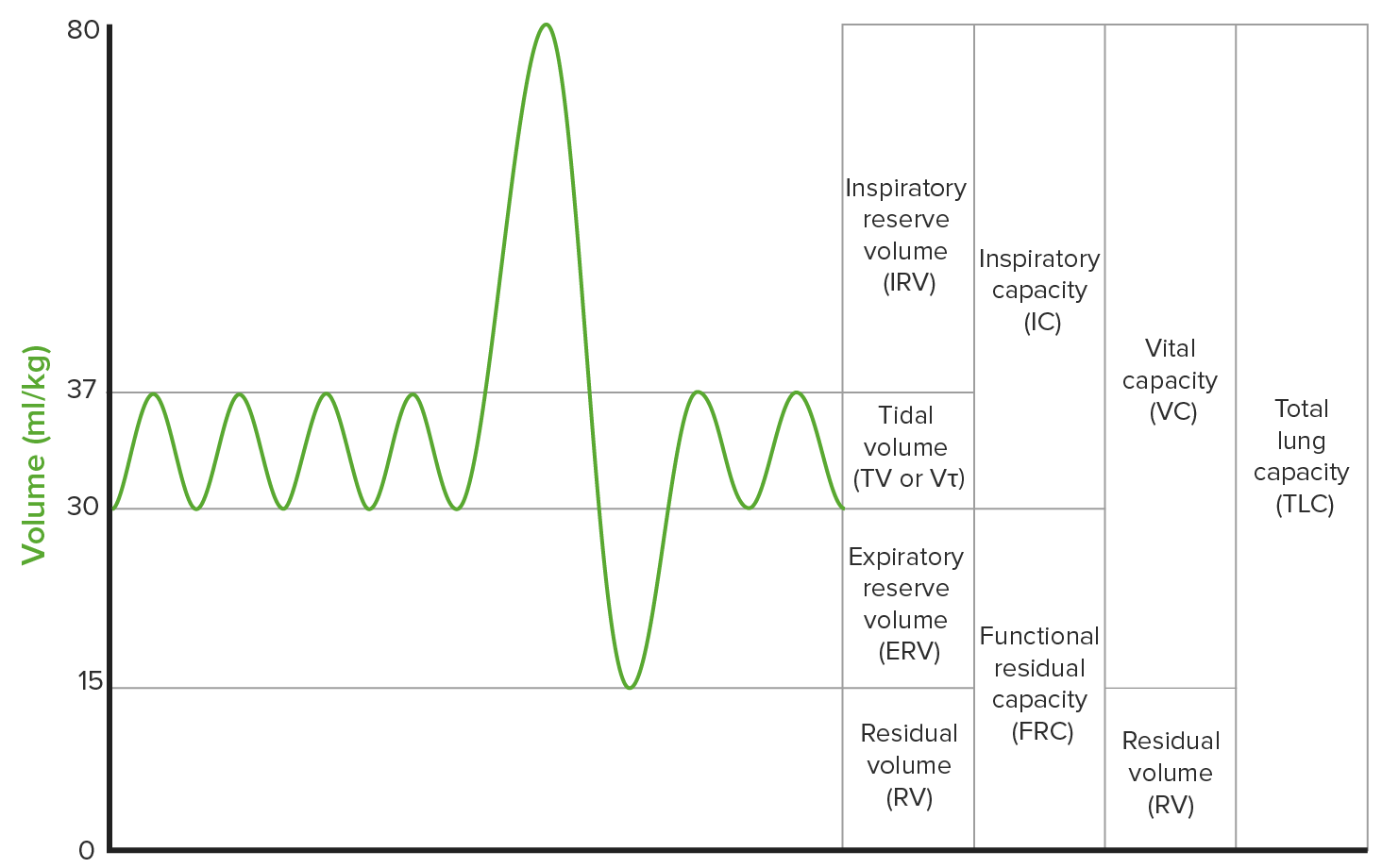
Pulmonary Function Tests Concise Medical Knowledge


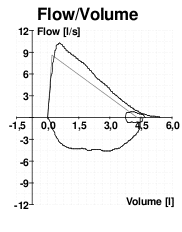
Comments
Post a Comment